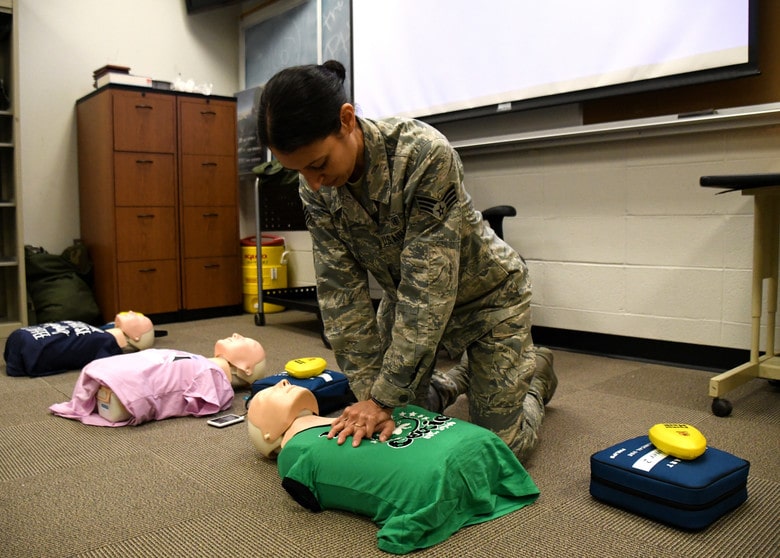Two recent studies confirm that bystanders are less likely to perform CPR on a woman as opposed to a man. Part of the problem stems from growing concerns about inappropriate contact. These studies were presented at the American Heart Association’s Resuscitation Science Symposium 2018, which is an international conference detailing the best in cardiovascular resuscitation research.
In the United States, more than 350,000 cardiac arrests occur outside hospitals each year. The survival rate for cardiac arrest is less than 12 percent, but timely CPR can double or triple a victim’s odds of surviving.
Previous research has shown women who suffer out-of-hospital cardiac arrest receive CPR less frequently than men, said Sarah M. Perman, M.D., M.S.C.E., assistant professor of Emergency Medicine at the University of Colorado School of Medicine in Denver and lead author on the survey study.
In a new survey (Poster Presentation 198) Colorado researchers asked 54 people online to explain, with no word limit, why women might be less likely to get CPR when they collapse in public. In the replies, the team identified four themes:
- Potentially inappropriate touching or exposure;
- Fear of being accused of sexual assault;
- Fear of causing physical injury;
- Poor recognition of women in cardiac arrest — specifically a perception that women are less likely to have heart problems, or may be overdramatizing or “faking” an incident; or
- The misconception that breasts make CPR more challenging.
“The consequences of all of these major themes is that women will potentially receive no CPR or delays in initiation of CPR,” Perman said. “While these are actual fears the public holds, it is important to realize that CPR is lifesaving and should be rendered to collapsed individuals regardless of gender, race or ethnicity.”
Worries about accusations of sexual assault or inappropriate touching were cited twice as many times by men as by women, while more women mentioned fear of causing injury. Although the study was too small to discern definite trends, these concerns may represent an important challenge in public health messaging, Perman said.
“Bystander CPR has been linked to better survival and neurologic recovery after out-of-hospital cardiac arrest. Quality chest compressions require that rescuers put their hands on the chest and push hard — regardless of (recipient’s) gender, the act of CPR is no different,” she said.
Regardless of the victim’s sex, “if you see someone collapse, call 911, begin CPR, and if there is an AED around, use it,” Leary said. “Doing something is better than doing nothing. You have the power to help save someone’s life.”
For more details on either of the research cases, please view this article’s source.
Source: www.sciencedaily.com/releases/2018/11/181105105453.htm

